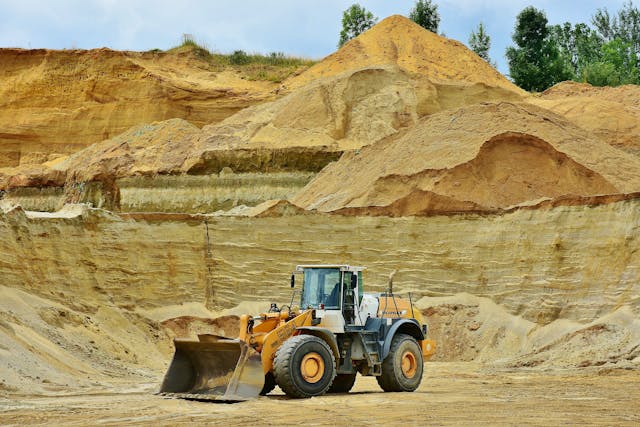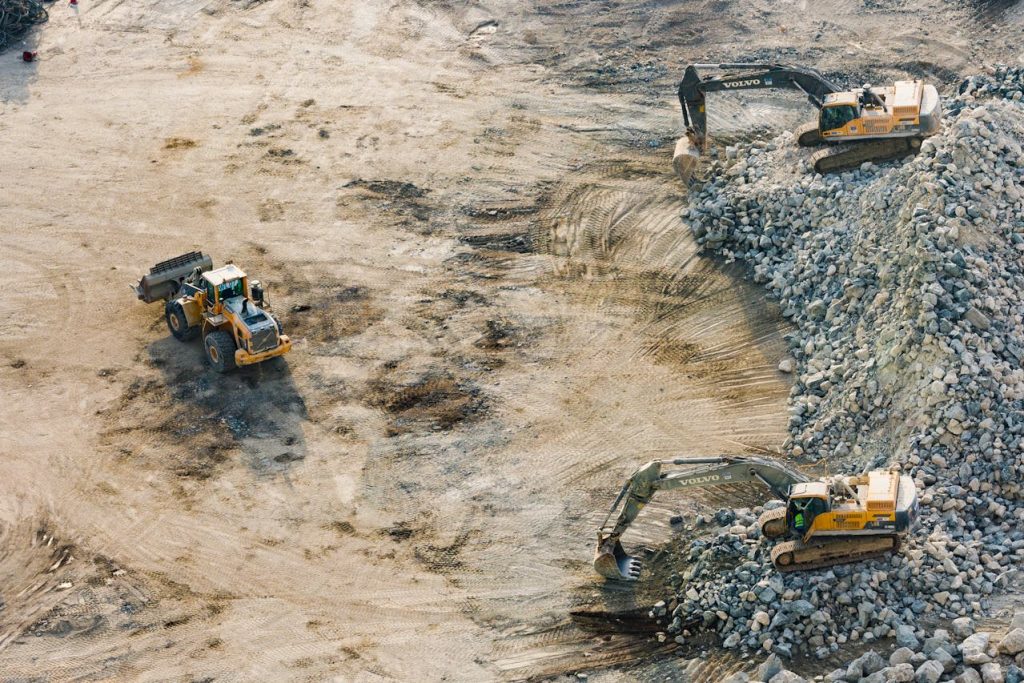- Conduct thorough site assessments to understand topography, soil conditions, environmental factors, and utility access for development success.
- Consider the site’s traffic, accessibility, and community demographics to ensure the commercial development meets target market needs.
- Obtain all necessary permits and approvals from local authorities to avoid fines, delays, or project cessation.
- Hire experienced professionals and acquire the right equipment and materials for efficient and standard-compliant site preparation.
Developing a commercial site can be a complex and challenging process, but proper preparation is critical to ensuring the success of your project. From clearing land to installing utilities, there are many factors to consider when preparing a site for commercial development. This blog will discuss essential tips for developers to keep in mind during the site preparation phase.
Conduct Thorough Site Assessments
Before beginning any construction work, it is crucial to conduct a thorough assessment of the site. This includes evaluating the following four key areas:
Topography
The layout and contours of the land can significantly impact the design, construction, and cost of a commercial development. It is essential to understand the topography of a site to know if it will require grading or other alterations.
Soil Conditions
Understanding the soil composition of a site is crucial for determining its suitability for building. Some types of soil, such as expansive soils or landfills, may require additional testing and remediation before development can begin.

Environmental Factors
Before proceeding with any construction work, it is essential to consider potential environmental factors that may affect the site. This includes identifying any protected areas, wetlands, or endangered species on the property.
Utility Access
Access to utilities such as water, sewage, electricity, and gas is essential for any commercial development. It is crucial to determine the location of existing utility lines and ensure there is enough capacity to support the proposed development.
By understanding the unique characteristics of the site, developers can better plan for any potential challenges and avoid costly delays later on.
Consider Traffic and Accessibility
When selecting a site for commercial development, it is crucial to consider the accessibility of the location. This includes evaluating traffic patterns, nearby transportation options, and potential road improvements.
Developers should also consider the surrounding community and its demographic makeup. A thorough understanding of the target market and their transportation preferences can help determine the best location for a new commercial development.
Obtain Necessary Permits and Approvals
Commercial development projects typically require various permits and approvals from local government agencies. Developers must research and obtain all necessary permits before starting construction work. This includes permits for land clearing, grading, utility installation, and building construction. Failing to secure the proper permits can result in fines, delays, or even halting the project altogether.
To make the permit process smoother, developers should work closely with local authorities and ensure all requirements are met. It may also be beneficial to hire a specialized consultant who is familiar with the local regulations and can assist in obtaining necessary approvals.
Hire Experienced Professionals
Site preparation involves a variety of tasks that require specialized knowledge and skills. From land clearing to excavation to utility installation, hiring experienced professionals with a track record of successfully completing similar projects is essential. Working with experts in site preparation will ensure that the job is done efficiently and according to industry standards.
Additionally, it is essential to work with professionals who have experience in navigating the complex permitting process and obtaining necessary approvals. These individuals can help developers avoid potential roadblocks and delays, saving time and money in the long run.
Acquire The Right Equipment and Materials
The right equipment and materials are crucial for successful site preparation. When acquiring heavy equipment, identify your needs and choose the appropriate machinery for your project. For example, you might need a road compactor machine for soil compaction. Choose a road compactor machine with the right specifications and capabilities for your specific site conditions.
A good road compactor should have the right weight, drum width, and vibration frequency for maximum efficiency. In addition to equipment, it is essential to also select high-quality materials for your project. This includes materials such as topsoil, gravel, and fill dirt. Using subpar materials can result in costly repairs or delays down the line. Make sure to do thorough research and select reputable suppliers for your site preparation materials.

The journey to developing a commercial site is fraught with complexities, from initial site assessments to the final selection of materials and equipment. Understanding the intricacies of topography, soil conditions, environmental factors, and utility access is paramount.
Equally critical is considering the site’s traffic and accessibility, obtaining the necessary permits, hiring experienced professionals, and acquiring the right equipment and materials. By diligently addressing these aspects, developers can navigate site preparation challenges, laying a solid foundation for their commercial development projects to thrive.

